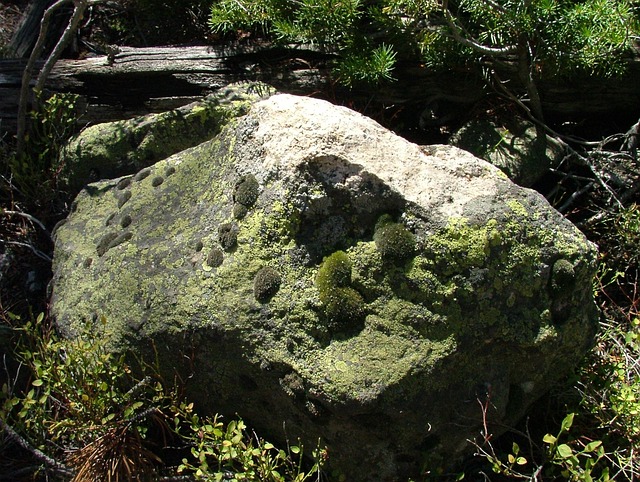High humidity in New Braunfels creates ideal conditions for mold growth, particularly in dark, damp areas like basements and attics. Vulnerable zones also include bathrooms and kitchens due to water vapor. Cracks, poor sealing, and inadequate drainage exacerbate issues. Certified assessors specialize in identifying hidden moisture sources and addressing mold problems, providing tailored solutions based on local environmental conditions to improve indoor air quality.
In the heart of Texas, high humidity often becomes a silent culprit, fostering mold growth in New Braunfelss’ residences. Understanding this insidious process is crucial for homeowners seeking to mitigate potential health risks associated with mold. This article delves into the root causes of high humidity and its impact on local homes, highlighting common areas where mold thrives. Moreover, it explores the indispensable role of certified assessors who provide expert guidance and solutions for addressing these pressing mold growth issues.
- Understanding High Humidity and Its Impact on Homes
- Common Mold Growth Areas in New Braunfels Residences
- The Role of Certified Assessors in Addressing Mold Issues
Understanding High Humidity and Its Impact on Homes

High humidity levels can create an ideal environment for mold growth, which is a significant concern for homeowners in areas like New Braunfels. With its warm and humid climate, this region is particularly susceptible to moisture-related issues. When excess moisture accumulates within homes, it provides the perfect breeding ground for various types of fungi, leading to what we commonly refer to as ‘mold’.
This problem often manifests as musty odors, visible mold spots on walls or ceilings, or even hidden within narrow spaces like crawl areas and attics. High humidity can also contribute to wood rot, warping floors, and other structural damage over time. Recognizing the correlation between high humidity and mold growth is crucial for homeowners to take proactive measures. Regular monitoring of indoor humidity levels and addressing any sources of moisture intrusion are essential steps in preventing and managing potential mold-related issues in New Braunfels homes.
Common Mold Growth Areas in New Braunfels Residences

In New Braunfels residences, high humidity levels often create ideal conditions for mold growth, which can lead to significant health issues for occupants. Common areas where molds proliferate include basements and attics, due to their tendency to be dark, damp, and isolated. Basements are particularly vulnerable because they are typically below ground level, making them more susceptible to moisture intrusion from outside sources like heavy rainfall or faulty plumbing. Attics, on the other hand, may experience excessive humidity due to poor ventilation, leading to condensation that fosters mold development.
Other high-risk areas include bathrooms and kitchens, where water vapor from showers, sinks, and cooking activities can contribute to elevated humidity levels. Cracks in walls, poorly sealed doors, and inadequate drainage systems around the exterior of homes can exacerbate these issues, allowing moisture to seep into the building envelope and create breeding grounds for mold. Prompt identification and remediation of these problem areas are crucial to mitigating health risks and maintaining a safe living environment in New Braunfels homes.
The Role of Certified Assessors in Addressing Mold Issues

In addressing high humidity and mold growth issues in New Braunfel homes, certified assessors play a pivotal role. They are trained professionals equipped to identify, assess, and mitigate mold problems effectively. With their expertise, they can pinpoint hidden moisture sources, determine the extent of mold contamination, and provide data-driven recommendations for remediation. This ensures not just the removal of visible mold but also the resolution of underlying causes to prevent future recurrence.
These assessors employ advanced tools and techniques tailored to New Braunfel’s unique environmental conditions. They understand local climate patterns contributing to high humidity levels, which are prime catalysts for mold growth. By thoroughly examining homes, they help homeowners make informed decisions about repairing or replacing affected areas, enhancing indoor air quality, and ensuring a healthier living environment.
High humidity and mold growth issues are prevalent concerns for homeowners in New Braunfelss, often stemming from moisture-prone areas. By understanding these problems and common growth zones, residents can take proactive measures to maintain healthier living environments. Certified assessors play a vital role in identifying and mitigating these issues, ensuring homes are safe and comfortable. Regular inspections and expert knowledge are key to navigating the challenges of high humidity and mold in our region.
